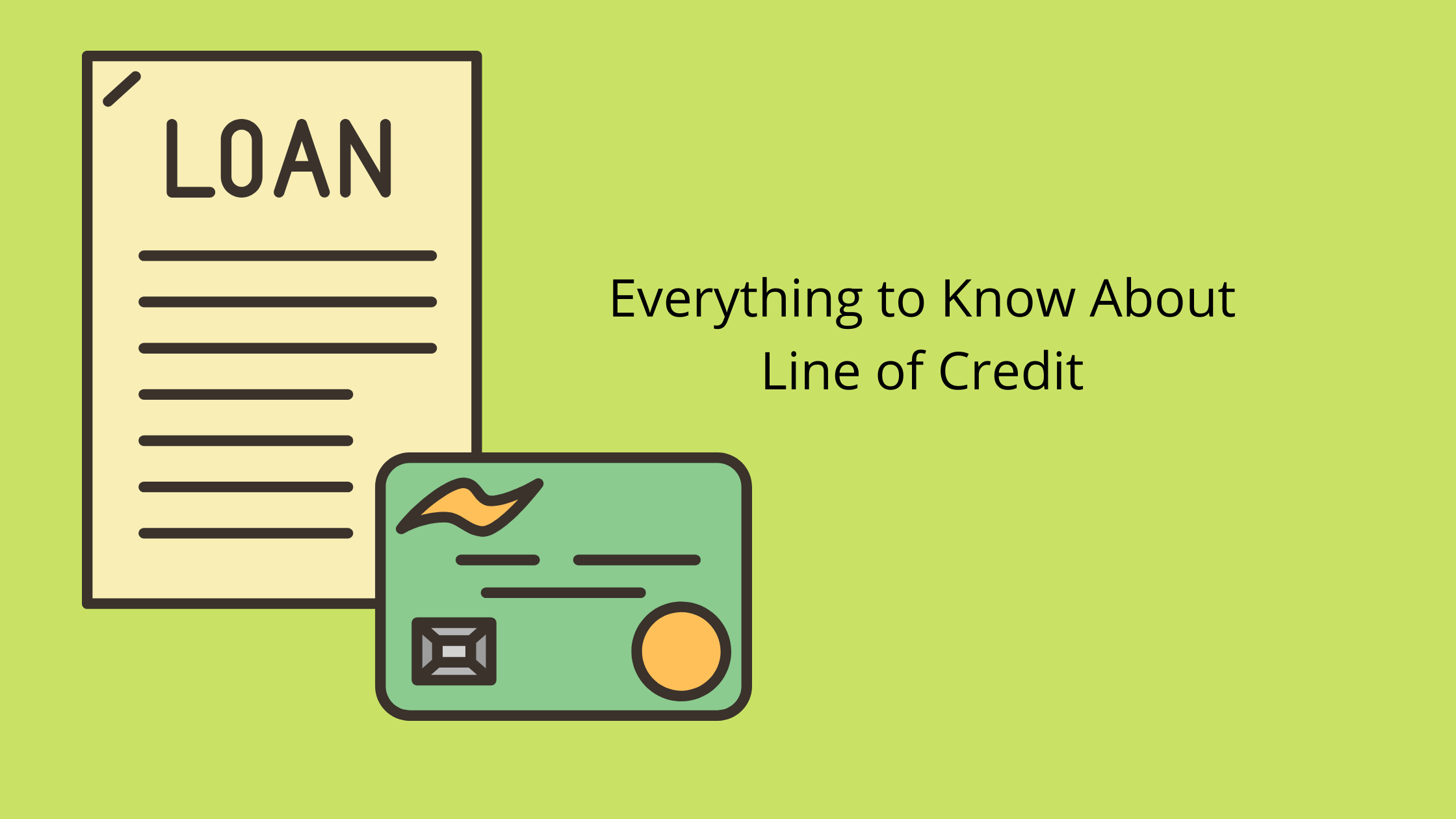Each local company must be willing to adjust to shifts, particularly during periods of rapid expansion or fluctuating cash flow. An unprotected credit line might be a good option whenever you need fast profits and have a lot of flexibility in regards to repaying the money you took then you must know about a small business line of credit.
What is the definition of a small company line of credit?
The tiny business loan is like a bank card for a small company than a loan for a local company. An unprotected credit line, like every commercial loan, gives a company access to funds that will be used to cover any unexpected business expenses. Apart from a small company loan, though, is there any initial solid mass repayment that must be followed up with a minimum bill.
A minor cash advance is rolling, like a bank card, and is dependent on the financial review and yearly rejuvenation: When you withdraw cash, tax begins to accrue, and the money you spend (minus interest) becomes ready to be loaned once more as we work down your debt. The borrower, like a card company, will impose a limit on how much you may loan.
Line of credit
A depository financial company’s credit line is variable lending. A credit line is a measure of cash that you may borrow as required and then respond back or over a certain length of time, comparable to a bank card that allows you a restricted amount of dollars that you can spend when, if, and how you like.
A line of credit, like a loan, will accrue pretty much as soon as funds are borrowed, and applicants should be authorised by the bank, which is based on the lender’s credit score and/or connection with the bank. It’s significant to mention that cost of borrowing is fluctuating, making it impossible to anticipate how much money you’ll end up owing.
How can you choose- banks and NFCs?
To make the best decision, consider the considerations given below.
Examine the borrowing costs that relate to the credit line, as well as the method through which interest is calculated. NBFCs, in contrast to traditional banks, provide lower yields on outstanding loans, which are linked to the Margin Price of Cost Of borrowing (MCLR). The lower limit for borrowing to a bank is the Regulator minimal rate of interest (MCLR). NBFCs use a floating rate pricing methodology, which means that interest rates can change at any moment.
Credit Score: Different banks and NBFCs have different credit rating requirements. In this sense, NBFCs are less rigorous than banks, requiring a higher credit rating to complete the clearance review.
Eligibility Standards: Compared to traditional banks, NBFCs offer significantly more relaxed credit limit qualification criteria. Banks may also have a maximum loan-to-value ratio, but NBFCs would issue an online loan credit line for the entire amount.
NBFCs must comply with the same minimal administrative and documentation requirements as regular banks. The paperwork and papers that must be provided to get a line of credit are strictly regulated by banks.
Regulations: Before issuing a line of credit to a firm, banks, as the other circumstances, have a set of severe policies in place. NBFC policies, on either hand, are far more lenient because they provide instant loan approval options.
Credit lines are a must for small businesses.
Getting your small biz fiscal house in order in today’s fast-paced environment can be difficult. Depending on your unique business needs, a small business line of credit might be the straightforward answer you need to reach your growth goals at your own pace.
- Business Tenure: The maturity of the company, as determined by when it files with the governor or the Treasury Department, is the first criterion for a small business line of credit (Internal Revenue Service). Normally, a six-month minimum company experience is required. Companies that are at least this old have the highest chance of getting approved. The longer a firm has been in operation, the smaller the risk of borrowing, and the more likely it is to be approved for finance.
- Rent and Income: The second aspect to examine when looking for a bonded or unprotected company line of credit is revenue. Small businesses are often eligible for micro-lending solutions. Small enterprises with yearly gross income in a certain range might get unsecured rolling lines of credit. Businesses having a yearly income of more than a certain amount can acquire a customizable line of credit if all other requirements or conditions are satisfied. In general, the bigger the yearly salary, the larger the value limit or acceptable sum.
- Financial Situation: The total debt situation of the small firm is the next point to evaluate. Insurance is much more likely to accept a small firm for a credit facility if it has little or no debt. Another reason why maintaining an available line of credit till you need it is a smart idea and appears good on the credit bureau is that it does. As a result, debt usage is reduced, which is a good thing in a business.
- Credit Worth: When approving a company for an unprotected line of credit, both individual and commercial credit are considered. An online loan credit line is more likely to be accepted if a company has good credit. Aiming for strong personal credit is usually a good idea.
Always do your homework on the requirements for a business line of credit from any potential borrower. Many lenders, for instance, will insist on a firm remaining under existing management for a set amount of time. A company line of credit often has reduced costs than a business credit card and can have an annual percentage rate (APR) of more than 20% for purchases and much more for cash advances.
Maintaining good credit on a line of credit might help you enhance your company credit rating and qualify for better loan conditions down the road. To establish a credit profile, many small company experts advise first-time registrants to start with a modest line of credit and pay it off fast.

